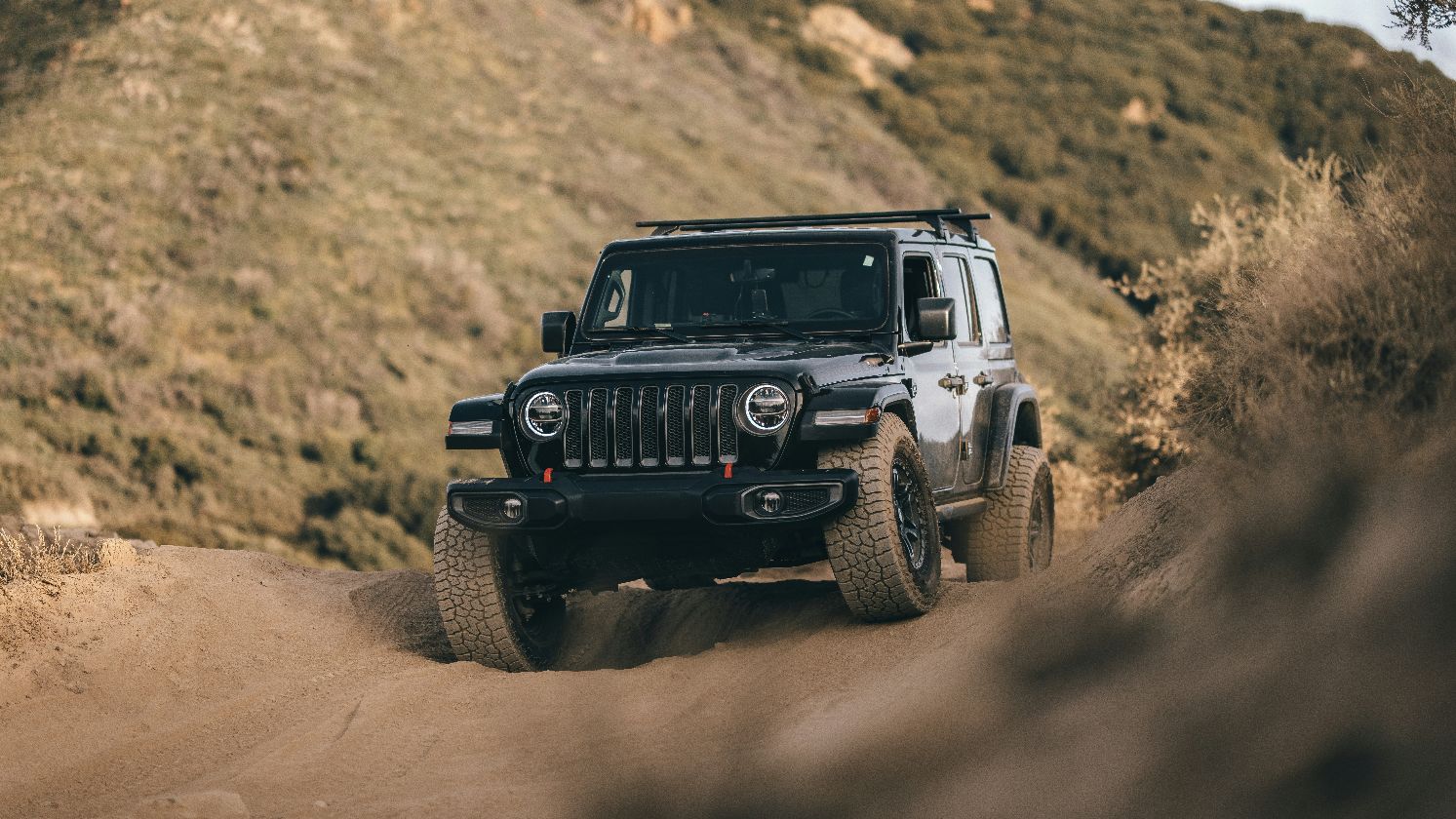When First Impressions Went Sideways
Some cars just don’t stand a chance. The moment they appear, people start talking—and not in a good way. Maybe it’s the design that feels unfinished, or maybe it’s the driving experience that makes every trip feel slightly cursed. Whatever went wrong, the result was the same: public rejection of a silver hubcap. So, here are the 20 most hated models to ever hit the road.
 Bewibble at English Wikipedia on Wikimedia
Bewibble at English Wikipedia on Wikimedia
1. Pontiac Aztek
Revealed with high hopes, the Aztek's design was marked by its clashing lines and awkward proportions. Despite its practical features, like a removable cooler and tent accessory, the aesthetics overshadowed functionality. It was a classic case where ambition met unfortunate execution.
2. Yugo GV
Imported with the promise of affordability, the Yugo GV quickly gained notoriety for its subpar build quality and frequent mechanical issues. The car offered minimal comfort, outdated controls, and a driving experience better described as mechanical roulette.
3. Chevrolet SSR
Blending retro styling with a pickup design, the SSR aimed to capture nostalgia but missed the mark. Even with a powerful V8 engine, its hefty weight hindered performance. The SSR’s sluggish handling clashed with its sporty looks, and the overall body made acceleration feel like a chore.
4. Chrysler PT Cruiser
What looked bold on a sketchpad came off cartoonish on the road. The PT Cruiser’s execution felt stuck between eras. Rounded fenders and excessive interior plastic turned it into a design puzzle. And even though it had decent cargo space, every ride reminded you of its awkward ergonomics.
5. Fiat Multipla
At first glance, the Multipla seemed like a prank. Double-stacked headlights and an unusually wide frame made it instantly polarizing. Yet underneath its oddball shell was a practical family car with three seats across the front. Still, people never got past the looks.
6. AMC Gremlin
Born from a chopped Hornet platform, the Gremlin looked like it ran out of ideas halfway through its design. It had a long hood, short rear, and abrupt back glass that gave it a lopsided silhouette. Inside, it felt cramped and underdeveloped, like the engineers prioritized speed to market over-refinement.
 Greg Gjerdingen from Willmar, USA on Wikimedia
Greg Gjerdingen from Willmar, USA on Wikimedia
7. Chevrolet Vega
This one on the list arrived with a sleek look, aiming to outshine imports. However, beneath its smooth surface lay a long list of headaches: rust, overheating engines, and quality missteps. So, instead of trust, it inspired caution.
8. Dodge Caliber
Trying to replace the Neon, the Caliber added extra bulk and a harsh ride. Its stiff suspension didn’t translate into confidence, and the interior felt more rental than residential. Even simple controls looked cheap, and every drive felt like it was trying too hard without delivering enough.
9. Honda Crosstour
The Crosstour looked like a sedan that didn’t want to be a wagon. Its sloped rear killed rear visibility and compromised cargo space. What was meant to be sleek ended up being shapeless. Drivers were left asking what made it necessary—especially when better alternatives sat in the same showroom.
10. Lincoln MKT
Big, bulbous, and baffling—the MKT looked like a futuristic hearse. The car aimed for luxury, but its design didn’t align with the brand’s legacy of elegant sedans. The nose was too aggressive, and the interior lacked warmth. In short, every angle felt exaggerated.
 U.S. National Highway Traffic Safety Administration on Wikimedia
U.S. National Highway Traffic Safety Administration on Wikimedia
11. Mitsubishi Mirage
The Mirage delivered the bare minimum in every direction, as its engine buzzed more than it roared, and acceleration felt like a long conversation with gravity. You’d hear every pebble and count the seconds to sixty.
12. Plymouth Prowler
The Prowler’s hot rod design and glossy colors promised excitement. However, its underwhelming V6 engine left driving enthusiasts disappointed. Additionally, its limited practicality—thanks to minimal trunk space and a high price tag—made it seem like a styling gimmick.
13. Renault Avantime
Blending a coupe’s flair with a minivan’s dimensions, the Avantime confused drivers before they even stepped inside. Tall, long, and adorned with pillarless windows, it had no purpose. With an Avantime, you’d admire the risk and then question the reasoning.
14. Saturn Ion
Center-mounted gauges, plastic panels, and underwhelming power left the Ion feeling like an unfinished concept car. You couldn’t ignore the cheap finishes or the way the doors thudded closed. Every feature felt like a prototype and lacked the polish expected of its era.
15. Subaru B9 Tribeca
At launch, the Tribeca's design caused more head tilts than nods. The grille resembled a flying B logo stretched across a hood it didn’t belong to. Despite Subaru’s loyal fanbase, this model missed their mark, as it didn’t feel premium.
16. Suzuki X-90
When you see a car with a T-top roof and SUV body on a two-door chassis, you hesitate. The X-90 was a cocktail of design contradictions. You could maybe excuse the look if it offered thrills, but the underwhelming performance ruled that out.
17. Volkswagen Phaeton
The Volkswagen Phaeton was largely criticized and misunderstood because it clashed with consumer expectations of the VW brand. Most buyers weren’t willing to spend that kind of money on a car with a VW badge, which traditionally signified economy and practicality.
18. Toyota Prius (1st Gen)
The first-generation Toyota Prius was often disliked due to its awkward styling and limited practicality. While it was the first mass-produced hybrid, early adopters faced underwhelming acceleration and a high price compared to similarly sized gas-powered cars.
19. Ford Edsel
Launched with hype and high hopes, Edsel’s downfall began with its peculiar grille—a vertical oval that earned less-than-flattering comparisons. Paired with bloated dimensions and confused market positioning, it never found a place in the hearts of the buyers.
20. Nissan Juke
When the Nissan Juke debuted, it looked like it came from another planet. Its strange front-end styling, with oversized round lights and high-mounted indicators, left many scratching their heads. The car’s distinctiveness became its downfall for many consumers.

























